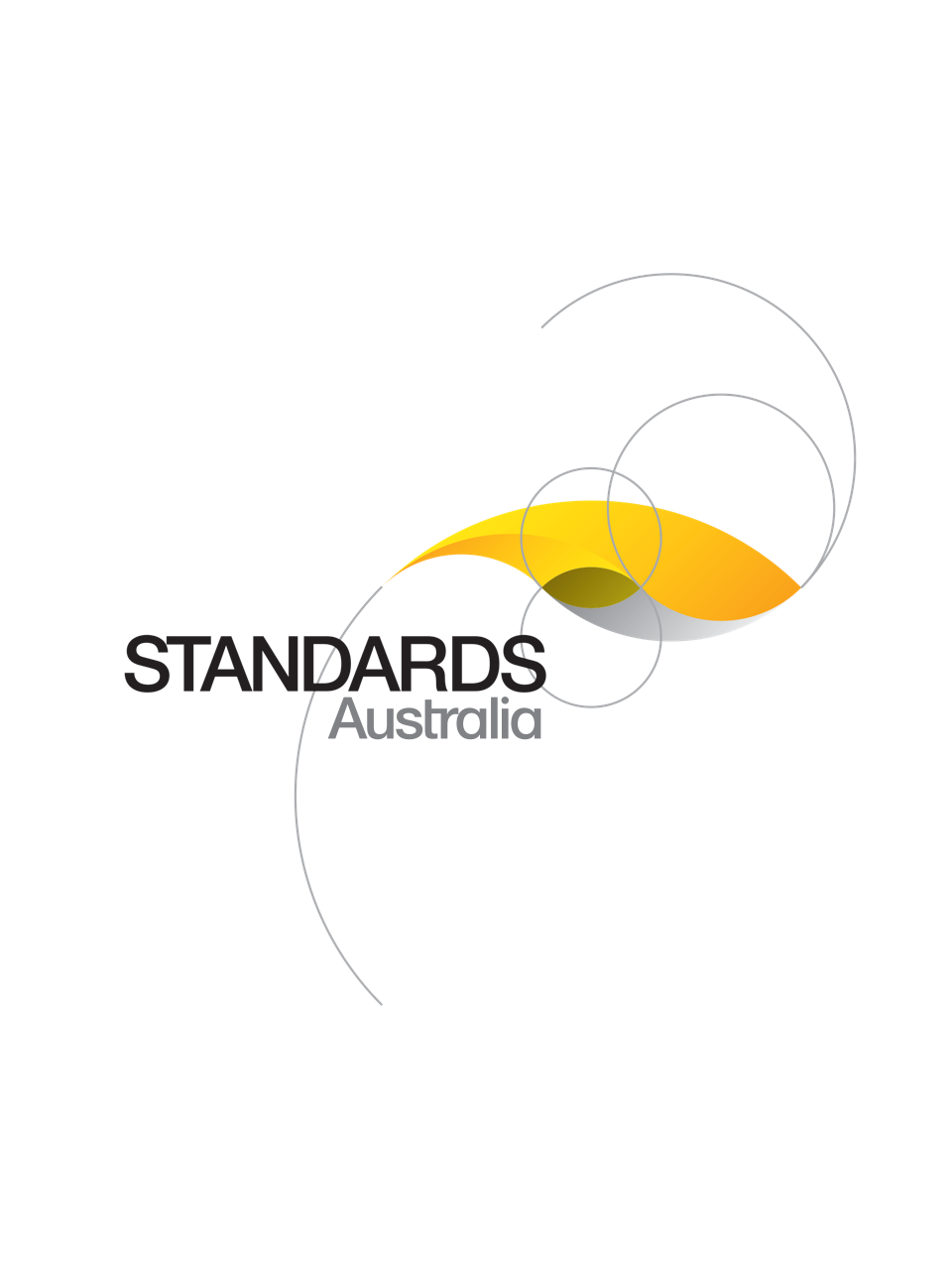Standard
UPDATE AVAILABLE
AS/NZS 3695.2:2013
[Superseded]Wheelchairs, Part 2: Requirements and test methods for electrically powered wheelchairs (including mobility scooters)
Specifies requirements and test methods for electrically powered wheelchairs with a maximum speed not exceeding 15 km/h, intended to carry one person of mass not greater than 300 kg. It covers manual wheelchairs with add-on power kits used for propulsion and electrically powered wheelchairs (which include scooters). Also specifies requirements and test methods for battery chargers for wheelchairs and scooters.
Published: 11/09/2013
Pages: 40
Table of contents
Cited references
Content history
Table of contents
Header
About this publication
Preface
1 Scope
2 Referenced documents
3 Definitions
4 Test apparatus, set-up and order of testing
4.1 Test equipment
4.2 Test dummy
4.3 Set-up
4.4 Order of testing
5 Type classes
6 General requirements
6.1 Risk analysis
6.2 Specific design and hazard management requirements
6.3 Measurement of overall dimensions, mass and turning parameters
7 Design and construction requirements
7.1 Foot supports, lower leg supports and arm supports
7.2 Component mass
7.3 Pneumatic tyres
7.4 Anterior pelvic support
7.5 Braking systems
7.5.1 General requirements
7.5.2 Reliability of performance
7.6 Means for operating brakes
7.7 Freewheel device
7.7.1 General requirements
7.7.2 Protection from inadvertent activation
7.8 Operations intended to be carried out by the occupant and/or attendant
7.9 Seating design
7.10 Ground clearance
8 Electrical systems—Design and requirements
8.1 General
8.2 Requirement for controller on-off switch
8.3 Requirement for power indicator
8.4 Circuit protection
8.5 Battery chargers
8.6 Charge level indicator
8.7 Charging connector
8.8 Batteries, battery enclosures and containers
8.8.1 Batteries
8.8.2 Battery enclosures and containers
8.9 Emergency stop input device
8.10 Lighting
8.11 Electronic programmable systems
8.12 Power and control systems ignition safety
9 Performance requirements
9.1 Performance characteristics
9.1.1 General
9.1.2 Ability to climb maximum safe slope
9.1.2.1 Requirements
9.1.2.2 Test
9.1.3 Ground unevenness
9.1.3.1 Principle
9.1.3.2 Requirement
9.1.3.3 Test
9.1.4 Maximum downhill speed
9.1.4.1 Requirement
9.1.4.2 Test
9.1.5 Dynamic stability
9.1.5.1 Requirement
9.1.5.2 Test
9.1.6 Obstacle climbing
9.1.6.1 Requirements
9.1.6.2 Test
9.1.7 Static stability
9.1.7.1 Requirements
9.1.7.2 Test
9.1.8 Maximum speed
9.1.8.1 Requirements
9.1.8.2 Test
9.1.9 Distance range
9.1.9.1 Requirements
9.1.9.2 Test
9.2 Static, impact and fatigue strength
9.2.1 Requirements
9.2.2 Test
9.3 Brake performance testing
9.3.1 Test for determination of brake lever operating forces
9.3.2 Test for determination of the effectiveness of running brakes
9.3.3 Test for determination of effectiveness of parking brakes
9.3.4 Test for protrusion of parts of the parking brakes
9.3.5 Test for fatigue strength of manually operated parking brakes
9.3.6 Test for the determination of effectiveness of parking brakes after fatigue strength testing
9.4 Wheelchairs for use as seats in motor vehicles
9.5 Climatic performance
9.6 Foot support assembly and lower leg supports
9.6.1 Requirements
9.6.2 Test for foot support assembly and lower leg supports
9.7 Resistance to ignition
9.8 Seating adjustments for tilt and recline systems
10 Information disclosure requirements
10.1 General
10.2 Labelling
10.3 Pre-sale information
10.4 Operator information
10.5 Service information
11 Test report
Appendix A
A1 General
A2 Operating forces and torques
A2.1 General requirements
A2.2 Test method
A3 Controls intended for operation by the occupant
A4 Controls for adjusting occupied seats
A5 Controls to be operated by attendant
A6 Attendant control unit, push handles and handgrips
A6.1 Requirements
A6.2 Test method
Appendix B
B1 General
B2 Test methods
B3 Considerations for use of the techniques of Appendix B
Appendix C
C1 Introduction
C2 Anti-tip devices
C3 Component mass
C4 Fittings and tools
C5 Tyres
C6 Means to inflate tyres
C7 Surface temperature
C8 Sideways transfer of occupant into or out of the wheelchair
C9 Resistance to contamination from urine incontinence
C10 Indication for maximum safe slope
C11 Mirrors
C12 Head support and/or head restraint
C13 Accidental operation of parking brakes
C14 Performance characteristics
C14.1 Indication of electrical faults
C14.2 Batteries and their containers
C14.3 Control mechanism feedback
C14.4 Freewheel alarm
C14.5 Maximum speed
Appendix D
Appendix E
E1 General
E2 Headlamps
E3 Side reflectors
E4 Rear lamps
E5 Rear reflectors
Cited references in this standard
[Current]
Wheelchairs - Part 5: Determination of dimensions, mass and manoeuvring space
[Current]
Wheelchairs - Part 6: Determination of maximum speed of electrically powered wheelchairs
[Current]
Wheelchairs - Part 4: Energy consumption of electric wheelchairs and scooters for determination of theoretical distance range
[Current]
Wheelchairs - Part 2: Determination of dynamic stability of electrically powered wheelchairs
Content history
[Current]
[Available Superseded]
[Superseded]
[Superseded]
DR AS/NZS 3695.2
One-time Purchase
Access via web browser on any device
One-time purchase
Single publication
Offline access via PDF^
$177.61 AUD
Inclusive of GSTFormat *
Web Reader
Licenses *
1 License (for yourself - not shareable)
Total$177.61 AUD
IMPORTANT
